Mini Jersey cattle are a great investment. Homesteaders interested in buying a dairy milk cow should consider this breed. Jersey cattle are a convenient source of raw milk. You can drink their milk or turn it into other delicious milk products like cheese, ice cream, and yogurt. There are two sizing options available: standard and miniature. Standard and mini-Jersey cattle have advantages and disadvantages. Let’s look at the differences and similarities between the two to help you make the right choice.
What is a mini-Jersey cow?
Mini Jersey cattle are exactly what their name implies: smaller versions of the standard size cow. The miniature classification is purely about their size. Mini-Jersey cattle do not have tiny heads and legs mounted to large torsos. If you see a Jersey fitting that description, it technically is a dwarf, not a mini. Dwarfism in Jersey cattle is a genetic defect of the D2 gene.
People may confuse mini-Jerseys as a watered-down version of the original, which is patently untrue. Mini-Jerseys are the true “original” Jersey cows, according to the American Miniature Jersey Association and Registry. The commercialization of milk made the larger size necessary. Most homesteaders do not need mass quantities of raw milk each day to meet their needs. Minis are the perfect size for this situation.
Homesteaders who may want mini-Jerseys for breeding do not have to worry about purity. Mini Jersey cattle have all the same DNA as the original Jersey breed. They pass breed-based representation (BBR) purity tests.
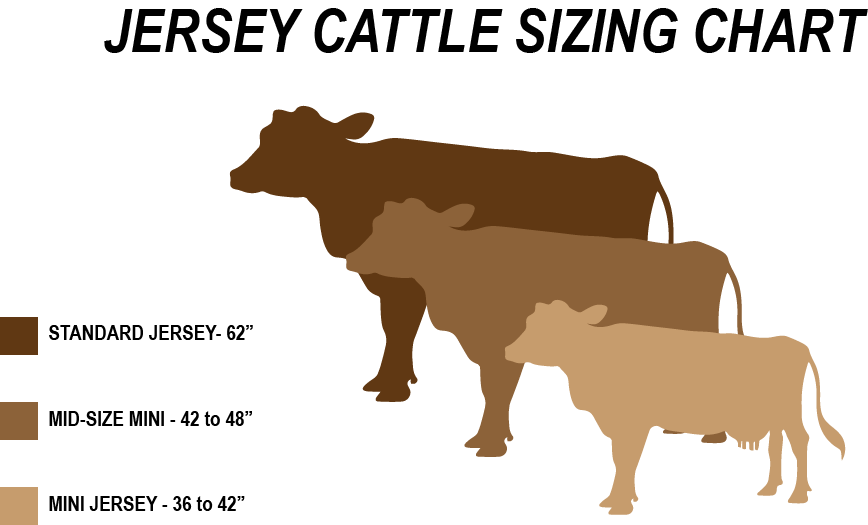
Mini Jersey cattle size
Mini Jersey cattle come in different sizes, with true miniatures reaching up to 42 inches. Larger, mid-miniatures are a few inches taller, standing between 42 and 46 inches. Standard Jersey cattle measure stand around 62 inches tall. Microminiature Jerseys are under 36 inches.
Mini-Jerseys are not just short in stature. A standard size Jersey cow weighs between 800 and 1200 pounds. Mini-Jerseys are half that size, coming in between 500 and 800 pounds, making them much easier to handle. Jersey cows are an excellent choice for small farms and homesteads. Miniature Jerseys deliver all the cuteness factors of their larger counterparts and produce just as much milk (we will get to this in more detail in a bit).
Mini Jersey cattle milk production
Here is one of the best things about mini-Jersey cattle (except for the fact that they are seriously cute). These amazing dairy cows can produce just the right amount of high-quality raw milk to satisfy small families each day. Mini Jerseys yield between 2 and 4 gallons of raw milk daily compared with the 5 to 6 gallons from a standard size Jersey.
Raw Jersey milk is nutrient-dense, which is one of the many benefits of consuming a living food source. Vitamin K2 is a building block for the other proteins responsible for clotting blood and building healthy bone. You can find it in raw Jersey milk. Like their larger counterparts, most mini-Jerseys produce A2 milk, which is excellent news for people with dairy allergies. The A1 beta-casein causes most dairy allergies. It is dominant in most dairy cows.
Different sizes, same time investment
Mini-Jerseys may be cute and make great family pets. Smaller sizing does not equal less effort from the miniature cow owner. It takes just as much time to care for a miniature Jersey as it does for a standard size cow. Dairy cows must be on a schedule for feeding and milking every day.
How much do mini-Jersey cattle eat?
A good rule of thumb for feeding any sized dairy cattle is 2 to 2.5 pounds of hay for every 100 pounds of body weight. Homesteaders who let their Jersey cattle graze can save on the amount of hay their cattle eat each day. Supplementing with a high-protein dairy ration is important for milk production.
Do not forget to provide your mini-Jersey with a freshwater source. We advise against providing water that has been through a water softening unit. The salt used by water softeners can negatively impact a dairy cow’s milk production. You can expect your mini to consume about 25 gallons of water a day.
Why you should go tiny
Going tiny with mini-Jersey cattle is a good way to try your hand at owning a dairy cow. Miniature Jerseys come with all the same attractive features and benefits as standard size versions in a much smaller package. They fit perfectly on smaller-sized properties and can be less intimidating to first-time dairy cow owners.
In our kitchen, we only use cultures from Cultures for Health.
Get yours here and start culturing today.
Popular Articles

Jersey Cow Milking 101: Follow These 6 Tips for a Smoother Milking Process
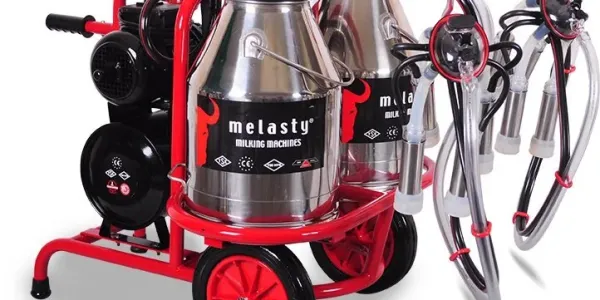
Why Homesteaders Need a Melasty Portable Milking Machine
Newsletter
Get signed up to get latest updates and new information from the Jersey Milk Cow!
Comments (5)
Leave a Reply to Jay Ingram Cancel reply
This site uses Akismet to reduce spam. Learn how your comment data is processed.

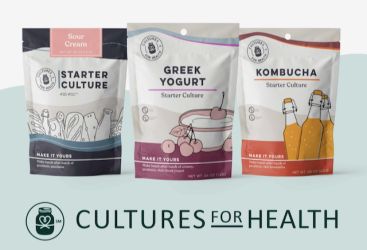
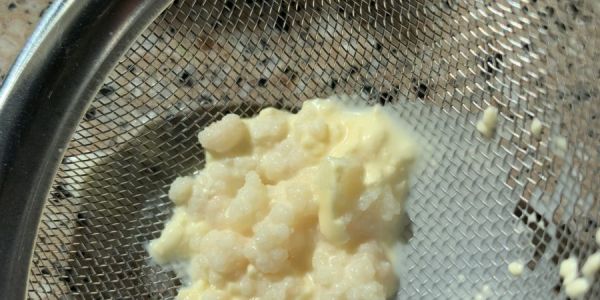


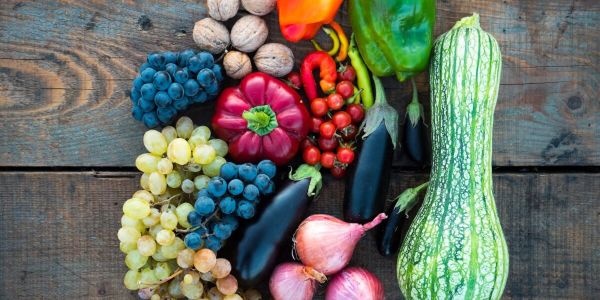
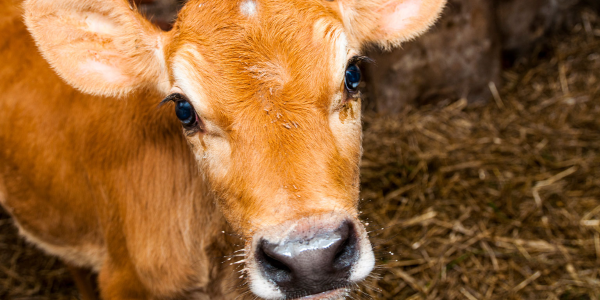
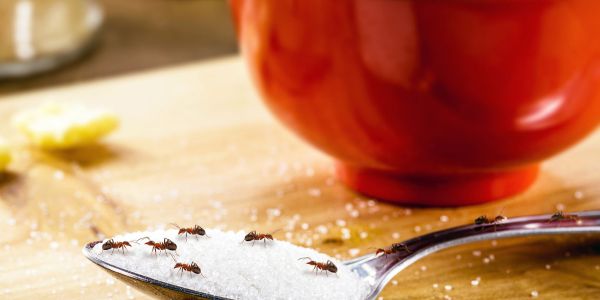
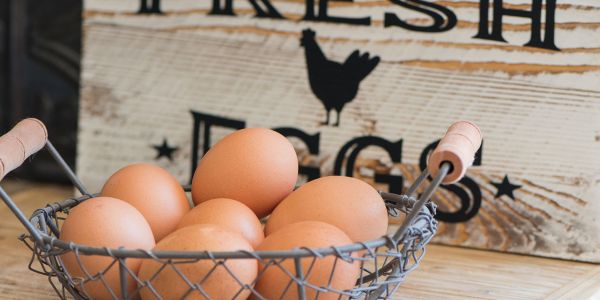
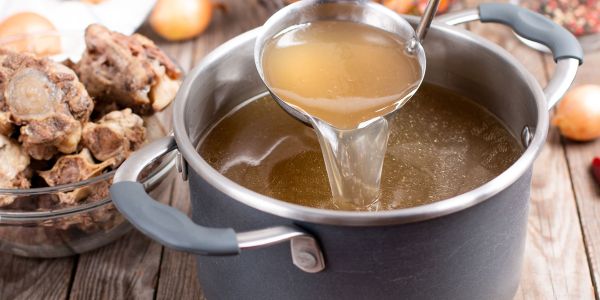
Where can you get mini Jersey cows for a home stead
Hi John! I would start reaching out to local farmers and see if they know of anyone who is selling or wanting to re-home their Jersey. Also, you can look in the local ads to see if anyone is selling them. There is also a group on facebook that lists Jersey’s for sale based on location.
Hi John, Sorry for the late reply.
There is a great group on Facebook where you can see posts of people selling Jersey cows.
I would like to buy a few mini’s but getting pure breeds are off the chain when it comes to prices, if I get cross breed will I be able to breed them back and get calves that’ll be pure bloods , seeing that I breed back to full blood bull ?
HI Jay! So sorry for the late reply.
If you cross breed, you’ll always have genetics that show up down the line that are not full Jersey. If you’re ok with that then by all means! My brother in law once had a Black Jersey who, 2 generations back, had a black angus bred into the line. His cow was like 1/16 Angus and the rest pure Jersey, but was completely black.